What if everything you thought you knew was wrong? What if who you thought you were was false? What if your entire life was just a lie?
The “chosen one” narrative goes back a long time in fiction – from Moses to King Arthur, to Luke Skywalker and Harry Potter – an ordinary person suddenly realizes that they are, in fact, special and destined to defeat a dark lord. In The Sentry writer Paul Jenkins and artist Jae Lee take this concept one step further – they ask, what if you were the chosen one, but also the dark lord as well?
First published in 2000 as a 5 issue miniseries and followed by four one-shots and a conclusion, The Sentry tells the story of Robert Reynolds, a down-on-his-luck everyman suffering from addiction and stuck in a loveless marriage – but who is plagued with memories of a different life where he was once a hero and a nagging feeling that an old enemy is about to return.
And as those memories become stronger, Robert Reynolds also becomes stronger. He realizes he is the Sentry, a superhero of immense power, but somehow is forced to forget that fact – and not only him but the entire world as well. His existence was erased from history. As Reynolds attempts to piece together the details of his previous life the events of an alternate history emerge. And as he remembers so too do the superhero community and the world at large. And the more the world remembers the more a darkness begins to fall.
The Sentry posits a Marvel Universe where what we think know is a false memory. The Sentry was the original hero. The characters we all know and love were in a way subordinate to him. The stories we remember happened…but not in the way we remember them. And even in the real world – we as readers have forgotten all this as well. But maybe that is all for the best. Because Robert Reynolds – the Sentry – might not be as heroic as we think he is.
The series was promoted with a clever and now infamous marketing campaign where Marvel attempted to convince its readers that the false history described in the story was actually what happened in real life – with fabricated news articles, invented creators, and testimonials – even Stan Lee got in on the deception.
All this served to enhance the series and bring attention to the Marvel Knights imprint at a time when Marvel as a whole wasn’t doing so well.
In the end, the Sentry was a creative way to introduce a new character, telling a dark and tragic story in an innovative way. The Sentry managed to interweave a new story with a fresh take on the “dark Superman” trope while at the same time it reinterpreted old storylines using new narrative techniques and modern art styles – while utilizing classic art styles to immerse the reader in nostalgia. A nostalgia for something that never happened.
Or did it?
This article originally appeared as the introduction to episode 72: The Sentry.
The Collected Edition is a comic book podcast where the hosts discuss the famous and infamous runs and story arcs throughout the history of comics. Please subscribe to the show on Apple Podcasts, Sticher, IHeartRadio, and Spotify.

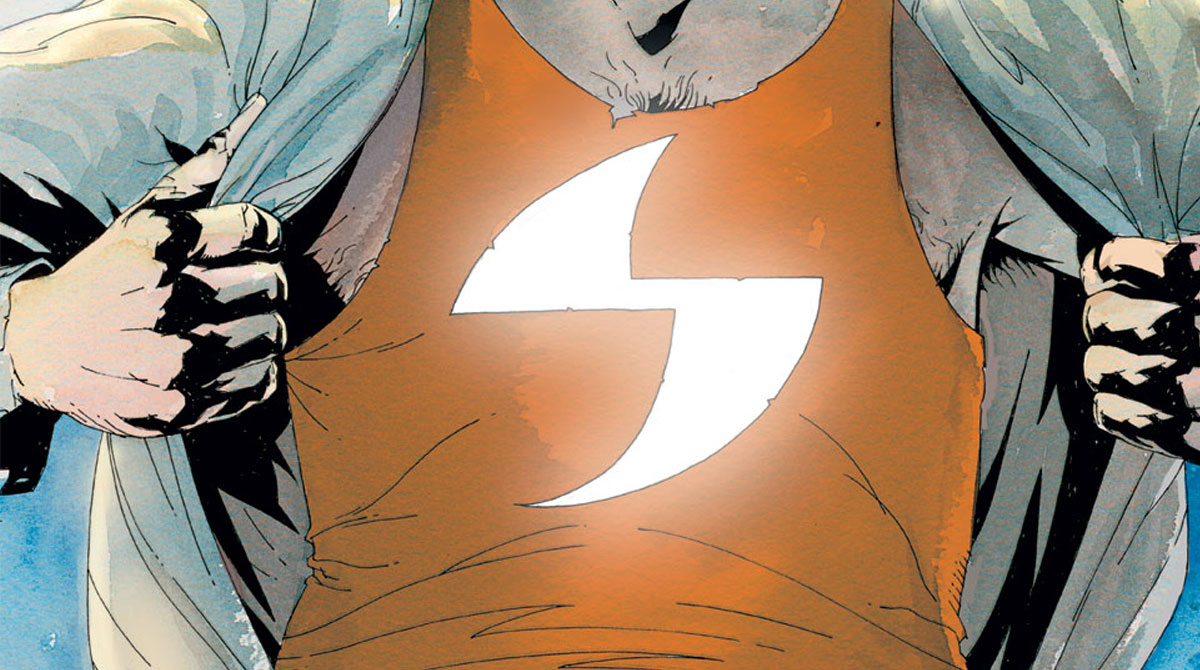



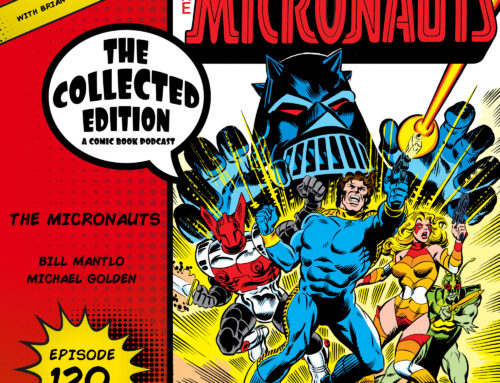


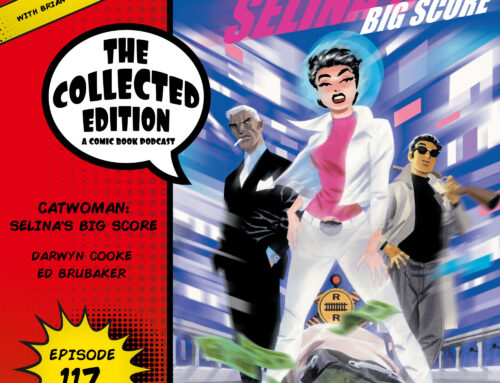


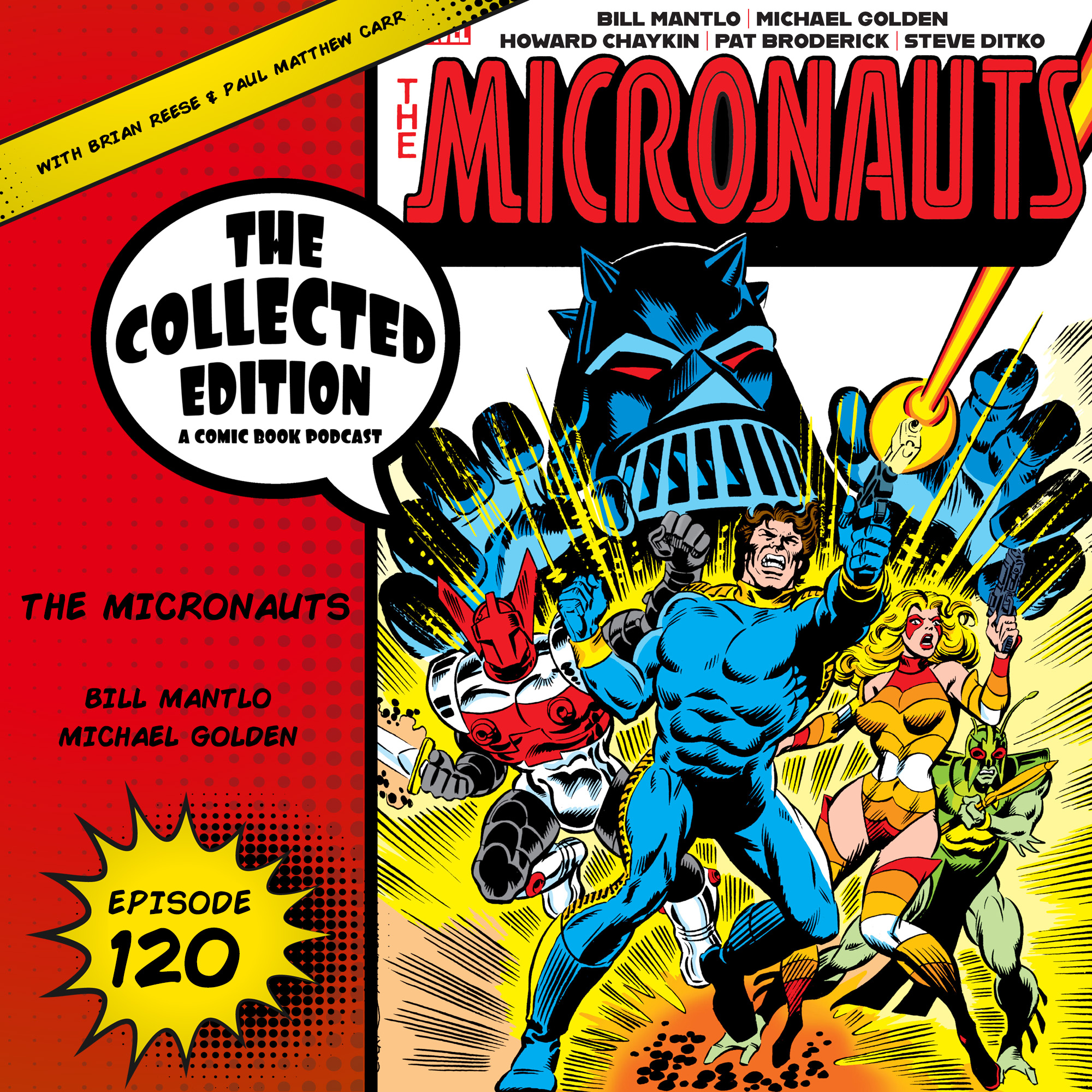
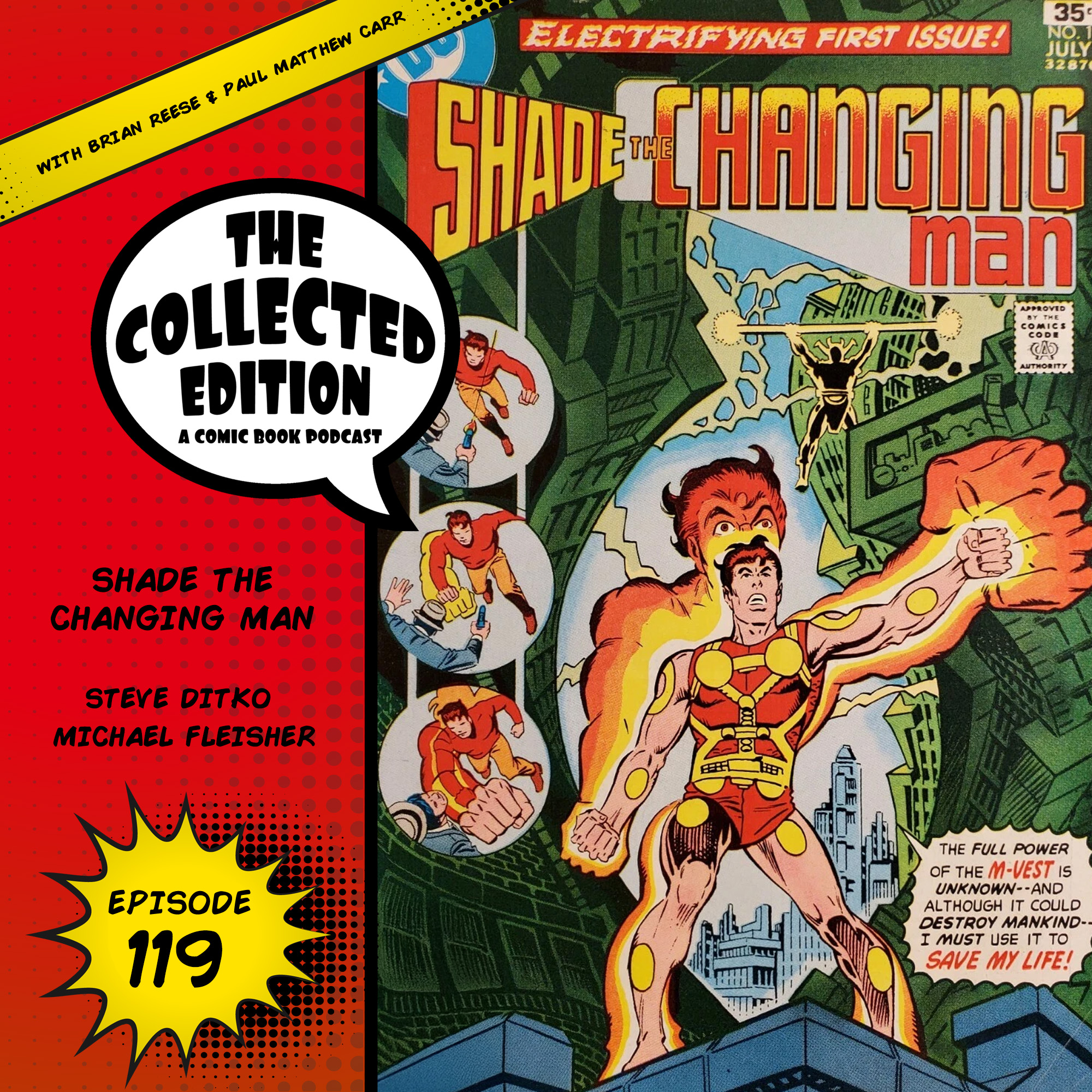

Leave A Comment